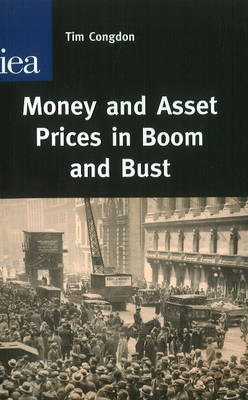By considering recent and historical events such as the Great Depression, episodes of boom and bust in the UK, and the malaise in Japan in the 1990s and the early 21st century, monetary economist Tim Congdon is able to show how monetary policy affects both financial markets and the real economy. In all these episodes, fluctuations in money supply growth led to booms or busts in financial markets and were associated with turbulence in the price level and in output and employment. The crucial linkages between monetary policy and financial markets, argues the author, involve broad money, not narrow money. Non-bank financial institutions, such as pension funds and insurance companies, play a critical role in transmitting fluctuations in money growth to asset prices. This monograph is an important contribution to the crucial debate on the role of monetary aggregates in setting monetary policy. Congdon's argument, that ignoring monetary aggregates can lead to profound instability in the real economy, is compelling.
- ISBN10 0255365705
- ISBN13 9780255365703
- Publish Date 20 August 2005
- Publish Status Active
- Publish Country GB
- Imprint Institute of Economic Affairs
- Format Hardcover
- Pages 144
- Language English
